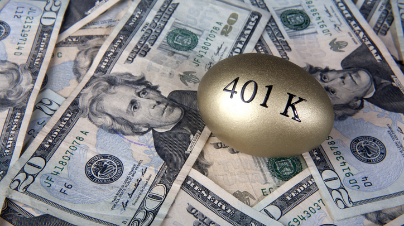Planning for retirement is a crucial aspect of financial management. The goal is to ensure that you can maintain your desired lifestyle even after you stop working. With the right strategy, it’s possible to retire early and enjoy your golden years in comfort. But what is the best way to put money away for retirement? Let’s delve into this topic and explore some effective strategies.
1. Start Saving Early
The earlier you start saving for retirement, the better. Thanks to the power of compound interest, even small amounts saved in your 20s or 30s can grow into substantial sums by the time you reach retirement age. Starting early gives your money more time to grow, increasing your chances of being able to retire early.
For instance, if you start saving $200 per month at age 25, with an average annual return of 7%, by age 65 you would have accumulated over $500,000. However, if you wait until age 35 to start saving the same amount each month, you would only accumulate around $240,000 by age 65.
2. Maximize Your Employer’s Retirement Plan
If your employer offers a retirement plan such as a 401(k) or a similar scheme, take full advantage of it – especially if they match contributions. This essentially means free money towards your retirement savings.
For example, if your employer matches up to 3% of your salary and you earn $50,000 per year, that’s an extra $1,500 per year towards your retirement savings – just for contributing what you’re already earning.
3. Diversify Your Investments
While saving is essential for retiring early and comfortably, investing is equally important. Investing allows your money to grow faster than it would in a typical savings account.
Diversifying your investments across different asset classes (stocks, bonds etc.) can help reduce risk and increase potential returns over time. A diversified portfolio can provide a steady income stream during retirement and protect against inflation.
4. Consider Roth IRAs and Traditional IRAs
Individual Retirement Accounts (IRAs) are tax-advantaged accounts designed specifically for retirement savings. There are two main types: Roth IRAs and Traditional IRAs.
With traditional IRAs, contributions may be tax-deductible depending on income levels; however taxes are paid when withdrawals are made during retirement. On the other hand with Roth IRAs contributions are made with after-tax dollars but withdrawals during retirement are tax-free.
Both types have their advantages depending on individual circumstances such as income level now versus expected income level during retirement so it’s important to consider which type suits best for retiring early.
5. Automate Your Savings
Automating contributions towards your retirement savings ensures consistency and eliminates the temptation or forgetfulness that may come with manual deposits.
Setting up automatic transfers from a checking account into a dedicated savings or investment account helps keep track of progress towards set goals while also making sure that saving for the future becomes a priority rather than an afterthought.
Conclusion
Retiring early doesn’t happen by accident; it requires careful planning and disciplined saving habits over many years. By starting early, maximizing employer’s plan, diversifying investments, considering Roth or traditional IRA options, and automating savings one can build a substantial nest egg that allows them to enjoy their golden years without financial stress.
Remember everyone’s situation is unique so it’s always advisable to seek professional advice (from a knowledgeable and experienced financial advisor) tailored specifically towards individual circumstances.



